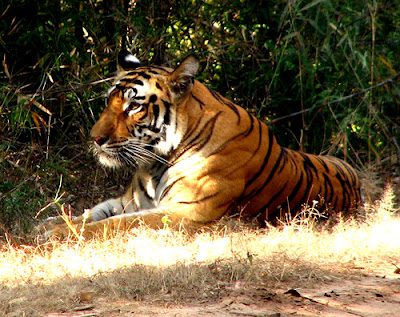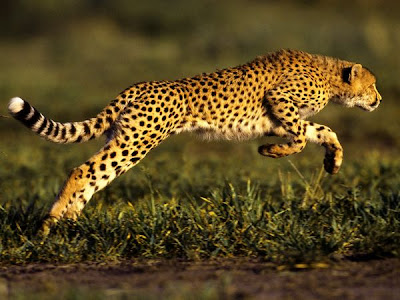THE MALTESE TIGER
The maltese tiger is a theory regarding the presecnce of tigers with blue or gray fur. The maltese tigers are mostly described as having pale blue to slate grey fur with dark grey or black stripes. These tigers were reported to have existed in the Fujian province of China, belonging to the south chinese subspecies of tigers. Some maltese tigers have also been reported in Korea, which has siberian tigers. The term MALTESE may have come from the region of Malta which has lots of domestic cats with the grey shade.
A normally coloured tiger
Though the maltese tiger is just a theory, there are certain scientific facts which support this theory. For example, domestic cat breeds like the Russian blue and the British blue short-hair exhibit bluish fur. There are also reports of blue lynxes and bobcats which also support this theory.
A White tiger.
Contrary to popular belief, the well-known white tiger is not an albino. But it results due to the absence of pheomelanin (red colour gene) in the fur between its stripes. Modern genetic studies reveal that in order to obtain a bluish colour, the amount of pheomelanin must be suppressed but the agouti (gene for black stripes) must be retained. Thus maltese tigers may really have existed.
There are a number of reports claimin to have seen these maltese tigers.Around 1910, Harry Caldwell, an American missionary and big game hunter, spotted and hunted a blue tiger outside Fuzhou.. His search is chronicled in his book Blue Tiger (1924), and by his hunting companion Roy Chapman Andrews in his Camps & Trails in China (1925, chapter VII).Chapman cites Caldwell thus:
The markings of the beast are strikingly beautiful. The ground colour is of a delicate shade of maltese, changing into light gray-blue on the underparts. The stripes are well defined and like those of the ordinary yellow tiger.—Caldwell, Chapman (1925)
A more recent report, given to Mystery Cats of the World author Karl Shuker, comes from the son of a US Army soldier who served in Korea during the Korean war. His father sighted a blue tiger in the mountains near what is now the Demilitarized zone. Blue tigers have also been reported from Burma.
- Vignesh CV

















